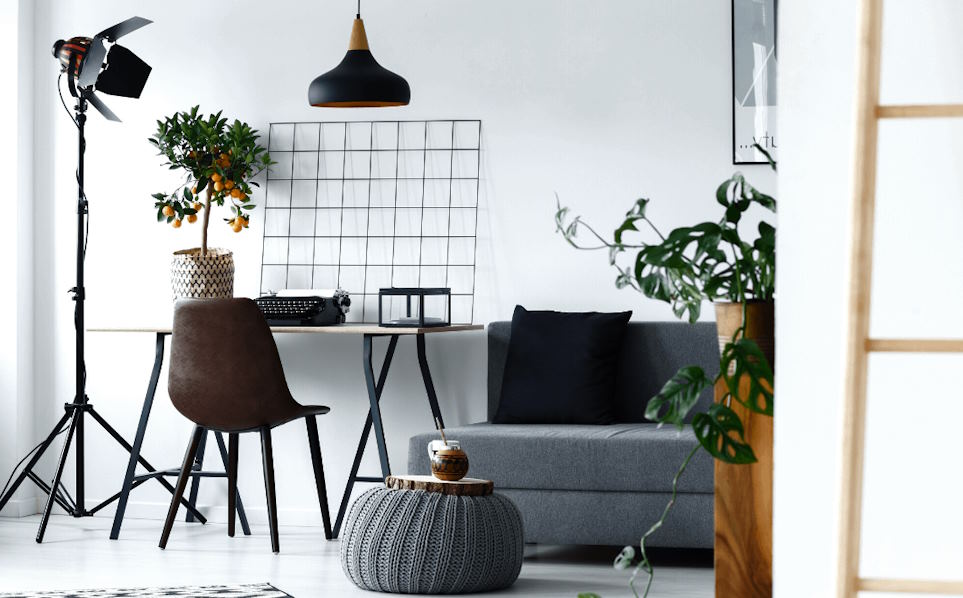
Are you passionate about creating beautiful, functional spaces? Do you have an eye for design and a knack for transforming ordinary rooms into extraordinary havens? If so, starting your own interior design business might be the perfect venture for you. In today’s world, where aesthetics and ambiance play a crucial role in both residential and commercial spaces, the demand for professional interior designers is on the rise. However, embarking on this entrepreneurial journey requires careful planning and a solid foundation.
Develop Relationships and Network
Networking is a vital aspect of starting and growing your interior design business. By connecting with industry professionals and building relationships, you open doors to opportunities, collaborations, and valuable insights. Here are some essential tips to help you develop relationships and network effectively:
 Attend industry events, trade shows, and conferences: These gatherings provide excellent opportunities to meet fellow designers, suppliers, manufacturers, and potential clients. Participating in workshops, panel discussions, and networking sessions allows you to exchange ideas, gain industry knowledge, and expand your professional network.
Attend industry events, trade shows, and conferences: These gatherings provide excellent opportunities to meet fellow designers, suppliers, manufacturers, and potential clients. Participating in workshops, panel discussions, and networking sessions allows you to exchange ideas, gain industry knowledge, and expand your professional network.
Join professional organizations and associations: Become a member of reputable interior design organizations and associations. These platforms offer a wealth of resources, networking events, and educational opportunities tailored specifically to the design industry. Engaging with like-minded professionals can lead to collaborations, mentorship, and exposure to new trends.
Collaborate with complementary businesses and professionals: Seek out complementary businesses such as architects, contractors, and furniture retailers for collaborative projects. By partnering with professionals from related fields, you can offer comprehensive design solutions to clients while expanding your network and reaching a wider audience.
Build relationships with suppliers and contractors: Establish strong relationships with reliable suppliers and contractors. Maintaining a network of trusted professionals ensures access to quality materials and services, timely project completion, and client satisfaction. Regularly communicate with suppliers and contractors to foster a mutually beneficial partnership.
Provide excellent customer service to build a strong reputation: Your reputation is a crucial asset in the design industry. Provide exceptional customer service to every client, exceeding their expectations. Word-of-mouth referrals are powerful, and a satisfied client can become a valuable advocate for your business. Foster long-term relationships with clients by staying in touch, offering post-project support, and addressing any concerns promptly.
Manage Finances Effectively
Managing finances is a critical aspect of running a successful interior design business. Proper financial management ensures that your business remains financially stable, profitable, and sustainable in the long run. Here are some essential tips to help you manage your finances effectively:
 Create a distinct business bank account and monitor expenditures: By setting up a separate business bank account, you can effectively differentiate between personal and business finances, facilitating the process of tracking income and expenses. Ensure that you maintain thorough records of all transactions related to your business, including receipts and invoices. This approach will not only streamline financial management but also simplify tax filing, allowing you to send money to Moldova from UK with ease.
Create a distinct business bank account and monitor expenditures: By setting up a separate business bank account, you can effectively differentiate between personal and business finances, facilitating the process of tracking income and expenses. Ensure that you maintain thorough records of all transactions related to your business, including receipts and invoices. This approach will not only streamline financial management but also simplify tax filing, allowing you to send money to Moldova from UK with ease.
Implement a bookkeeping system or hire an accountant: Consider implementing a bookkeeping system or software to organize and track your finances accurately. Alternatively, if you are not comfortable handling financial matters yourself, hiring an accountant or bookkeeper can ensure that your financial records are properly maintained, taxes are filed correctly, and financial statements are prepared on time.
Create a budget and monitor cash flow: Develop a comprehensive budget that outlines your anticipated income and expenses. This budget will serve as a financial roadmap and guide your business decisions. Regularly monitor your cash flow to ensure that you have enough funds to cover operational expenses and identify areas where you can make adjustments to improve profitability.
Set pricing that reflects your value and covers expenses: Determine your pricing structure by considering your costs, overhead expenses, and the value you provide to clients. It’s important to strike a balance between competitiveness and adequately covering your expenses. Conduct market research to understand industry standards and ensure that your pricing is both competitive and profitable.
Plan for taxes and seek professional advice if needed: Understand your tax obligations and plan accordingly. Set aside a portion of your income for tax payments to avoid any financial burdens later. If you’re uncertain about tax requirements or need assistance with tax planning, consider seeking advice from a qualified tax professional or accountant who specializes in the design industry.
